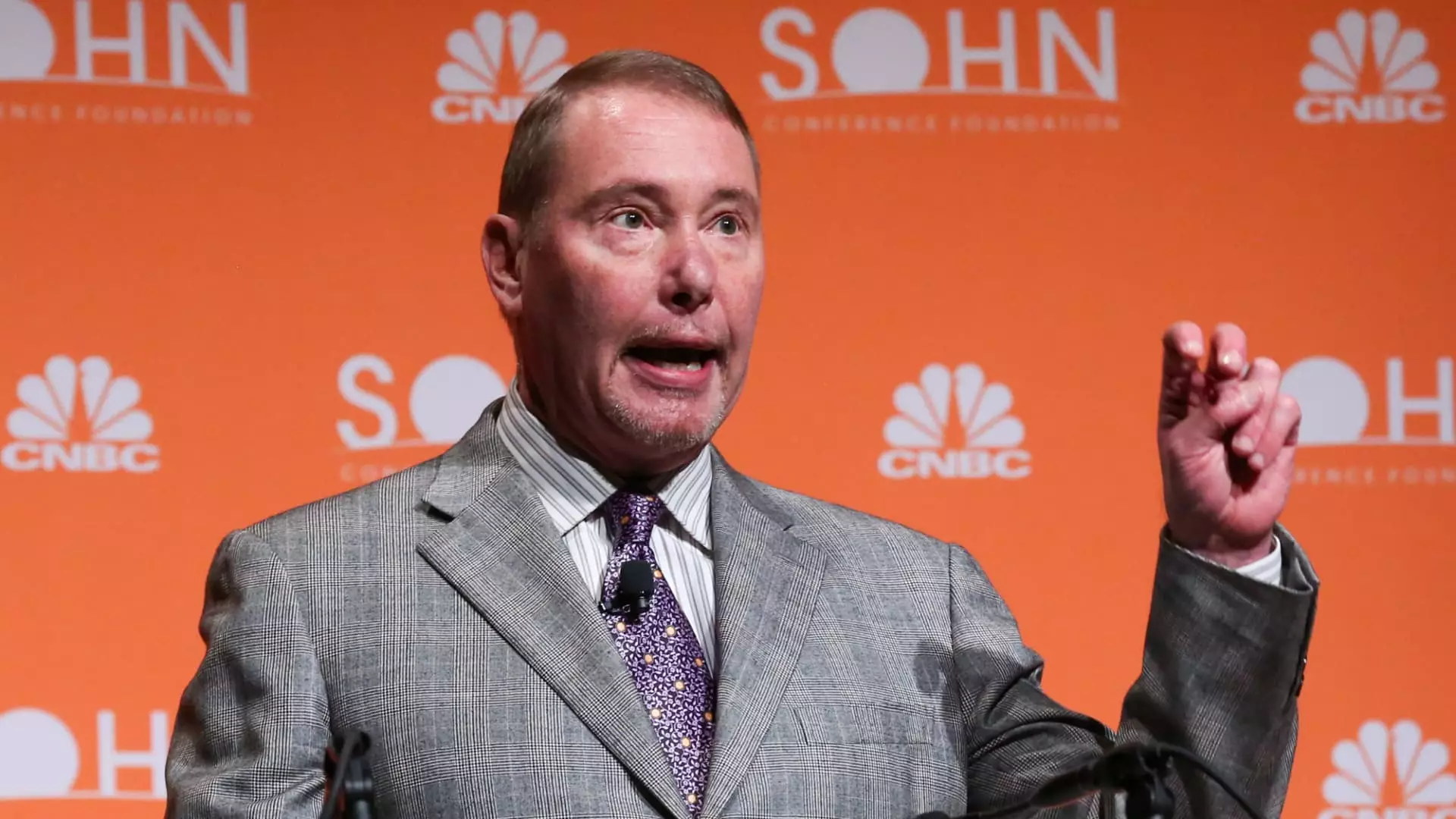In a recent interview, DoubleLine Capital CEO Jeffrey Gundlach provided his insights on the future of interest rates, particularly in 2025. As the Federal Reserve continues to navigate the complexities of the economy, Gundlach believes that only one, possibly two, rate cuts can be expected in the upcoming year. His caution reflects a broader understanding of economic indicators, such as labor market dynamics and inflation trends, which officials are currently evaluating. With his estimation that a single rate cut is the most likely scenario, Gundlach conveys a sense of restraint and prudence in the face of potential economic volatility.
On the heels of three consecutive rate cuts at the end of 2024, the Federal Reserve decided to keep interest rates unchanged in their latest meeting. Chief among their priorities is ensuring economic stability as Fed Chair Jerome Powell emphasized the central bank’s deliberate pace in adjusting its monetary policy. Gundlach backed this viewpoint by asserting that the current economic climate does not necessitate immediate action. The labor market’s stability appears to be a significant focus, aligning with the Fed’s cautious strategy of waiting for concrete evidence before making further moves. For Gundlach, the Fed’s approach signals a commitment to maintaining the delicate balance between fostering growth and mitigating inflation risks.
Gundlach shared his perspective on long-duration Treasury yields, suggesting they have not yet reached their peak. The benchmark 10-year rate has risen by approximately 85 basis points since the Fed began cutting rates, indicating a changed landscape for investors. Gundlach’s assessment posits that this upward movement in rates may continue, prompting reactions from market players who must adapt to evolving conditions. His analysis highlights the intricate relationship between interest rates and investment strategies, particularly for those targeting fixed-income securities.
Amidst these forecasts, Gundlach advised caution regarding high-risk assets. As he observes the landscape of long-term interest rates in conjunction with the current market valuations, he expresses concern over potential vulnerabilities. High valuations in the market could pose significant risks, particularly if long-term interest rates continue their ascent. This cautious stance reflects Gundlach’s understanding of historical precedents where inflated valuations coupled with rising rates can lead to market corrections. Investors are thus prompted to re-evaluate their portfolios, taking into account not only the potential yield but also the inherent risks associated with various asset classes.
Jeffrey Gundlach’s insights serve as a reminder of the complexities involved in economic forecasting and investment strategy. His belief in a limited number of interest rate cuts coupled with concerns over rising Treasury yields signifies a more cautious economic outlook. With the Federal Reserve maintaining a steady course and a focus on labor market stability, investors must navigate the delicate balance between seizing opportunities and recognizing potential risks. As the financial landscape continues to evolve, Gundlach’s commentary underscores the importance of vigilance, adaptability, and a strategic approach to investing.

